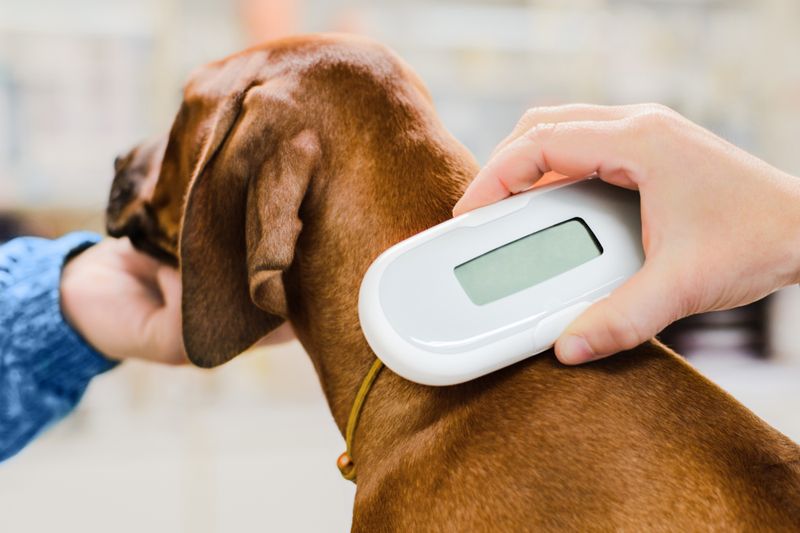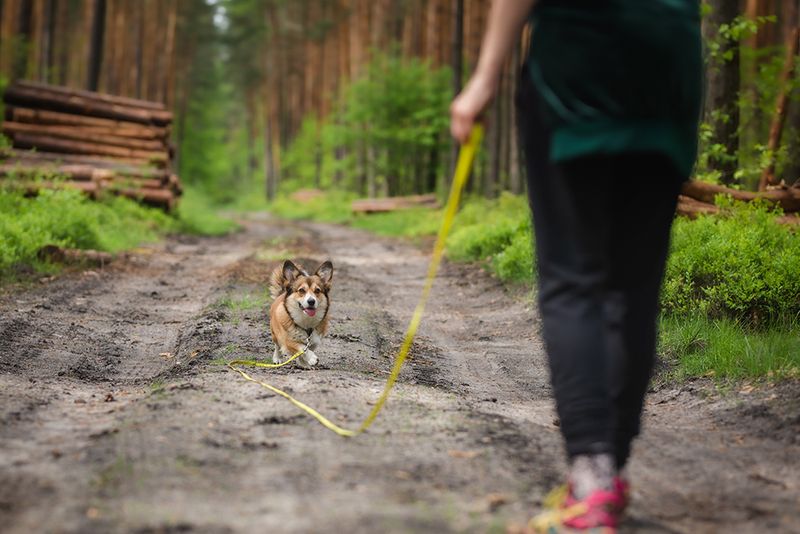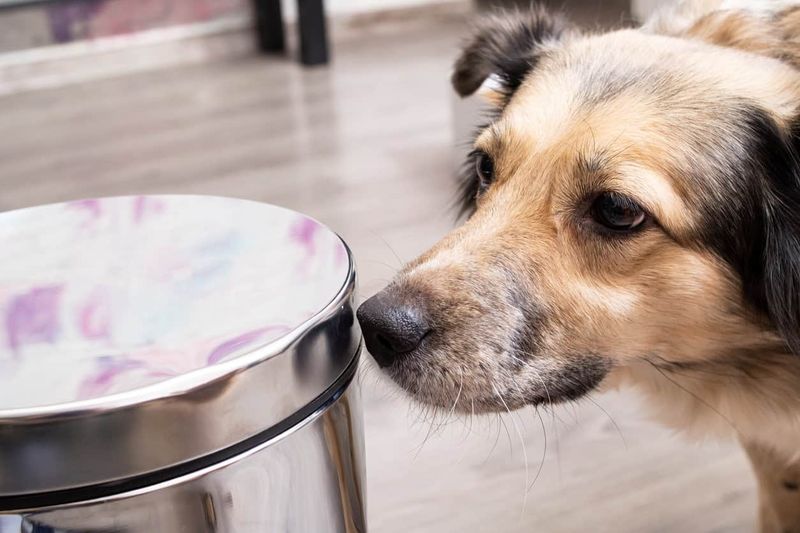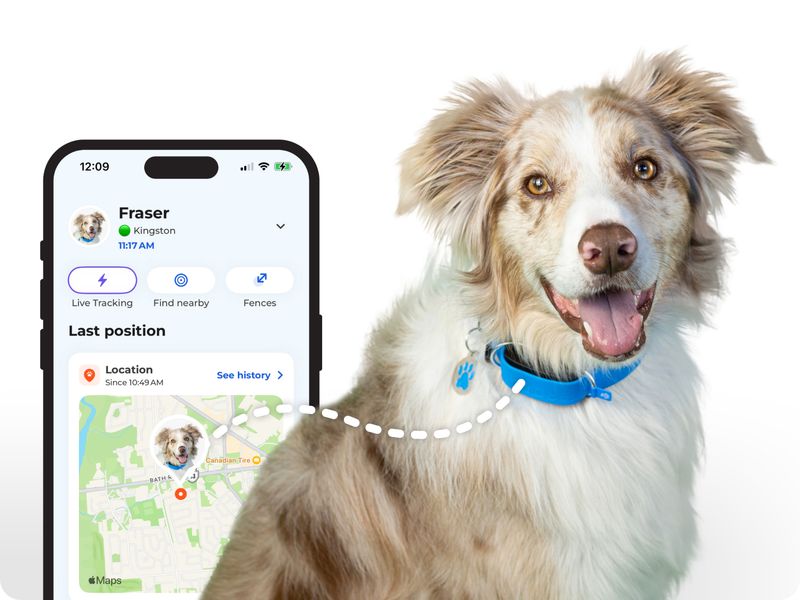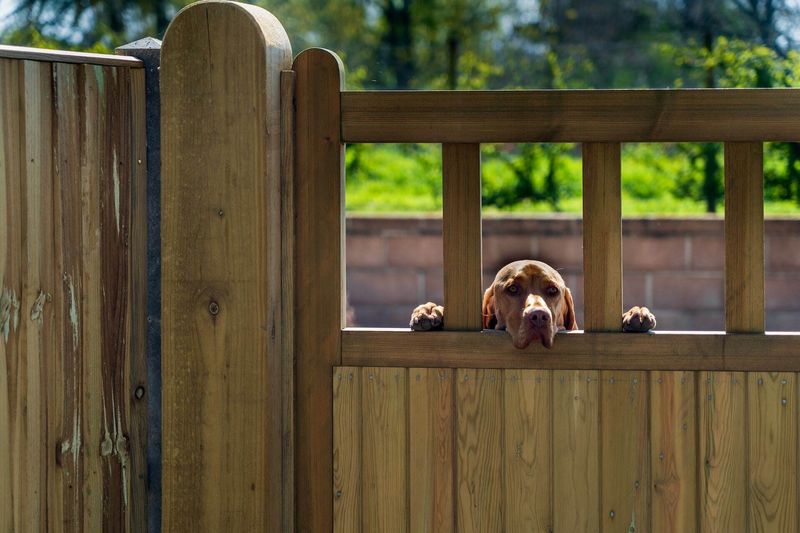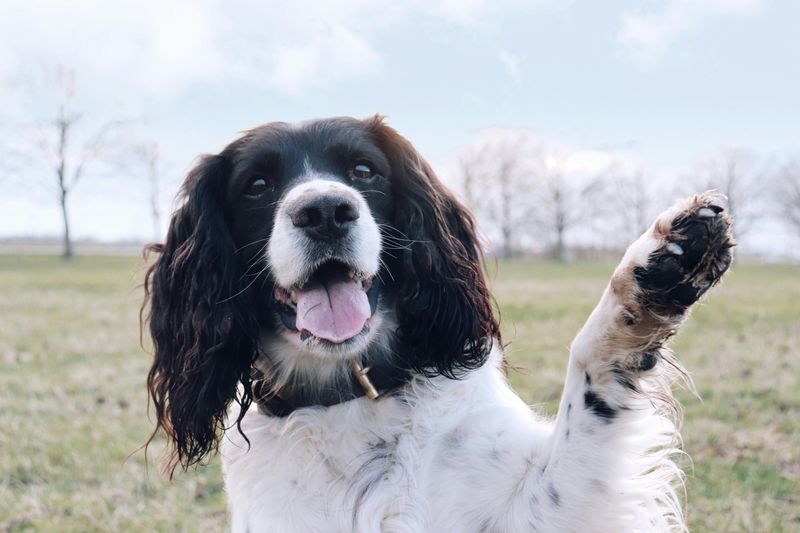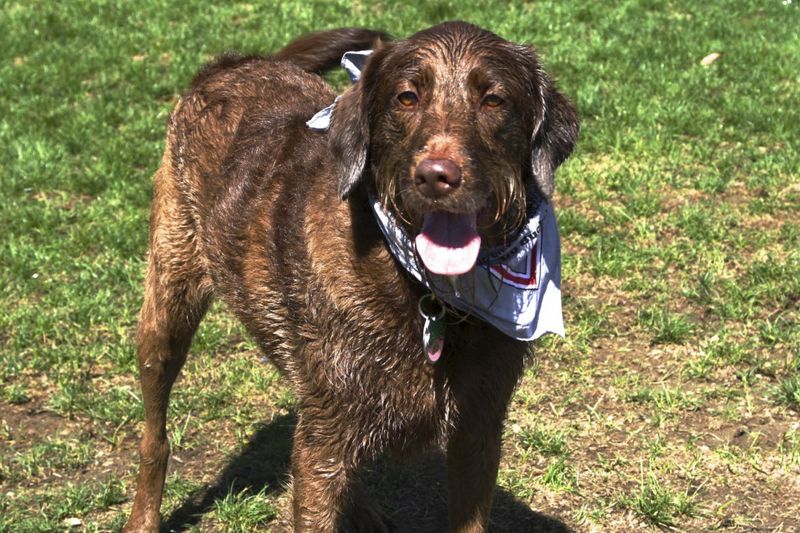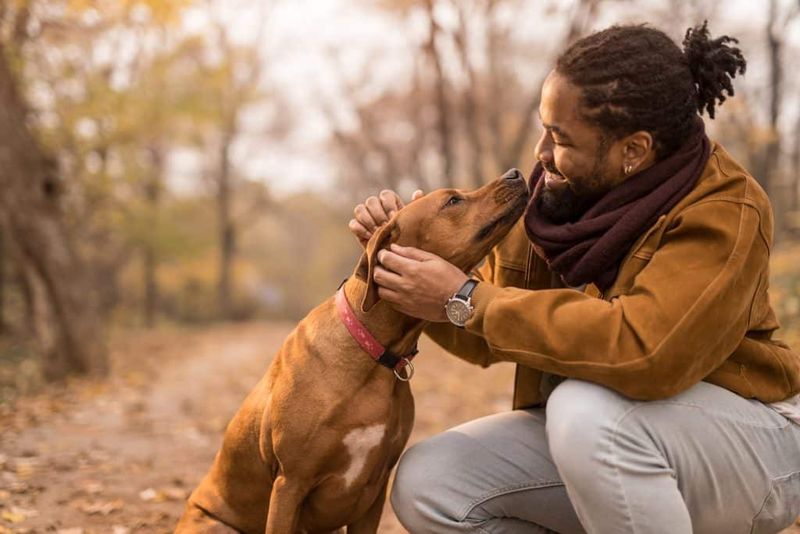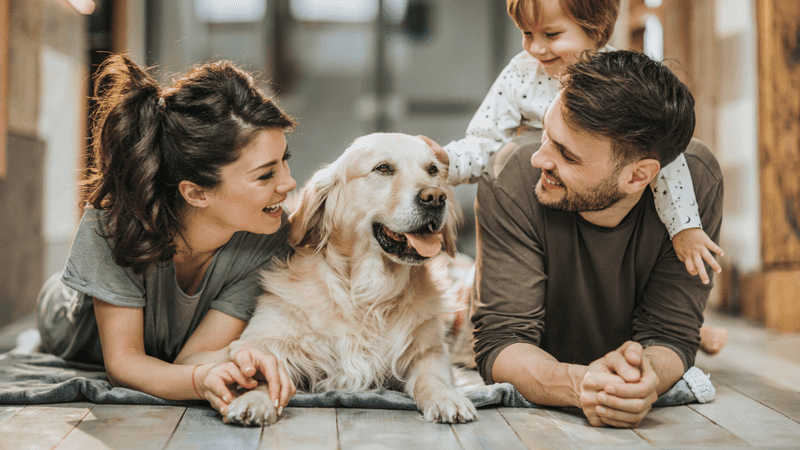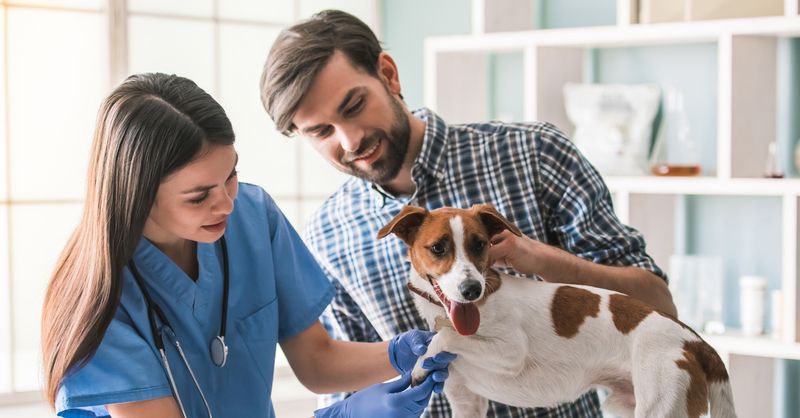Losing my dog at home last month was an unexpected and heart-wrenching experience. As I searched every corner and called out his name, I realized there were many things I wish I’d known beforehand to prepare for such a situation. From understanding his behavior better to having the right tools and contacts ready, each lesson was a vital piece of knowledge that could have eased the stress and accelerated his safe return. Here, I share 19 insightful things I discovered that I hope will help other pet owners avoid the same turmoil.
Understanding Your Dog’s Hiding Spots
Dogs often find comfort in small, enclosed spaces when they feel scared or anxious. Knowing your pet’s favorite hiding places indoors can save precious time during a search. Observe where your dog likes to retreat during thunderstorms or fireworks. Under beds, inside closets, or behind furniture are common spots. Familiarity with these areas ensures you can quickly and thoroughly check them if your dog goes missing at home. Additionally, understanding your dog’s behavior during stressful situations can provide clues to their whereabouts.
Creating a Dog-Friendly Environment
A home tailored to your dog’s needs can prevent them from feeling the urge to hide or escape. Ensure that your living space is inviting and comfortable for your pet. This includes providing plenty of toys, a cozy bed, and furniture that’s safe for climbing or lounging. Regularly rotating toys and adding new ones can keep your dog engaged and less likely to wander off out of boredom. Ensuring they have their own space can greatly enhance their sense of security.
Installing Pet Safe Gates and Barriers
Pet gates and barriers are crucial for maintaining your pet’s safety within the home. These tools can prevent your dog from accessing potentially dangerous areas or from leaving the house unnoticed. Installing gates at stairways, doorways, and around hazardous zones is vital. It also allows you to control your pet’s access without constant supervision. Make sure the gates are sturdy and escape-proof, especially if your dog is particularly clever or strong.
Microchipping and ID Tags
Microchipping your dog is a reliable way to ensure they can be identified if they go missing. Along with an ID tag that has up-to-date contact information, these are crucial tools in recovering lost pets. Microchips provide a permanent identification method that cannot be removed or lost, unlike traditional tags. Ensure that your contact information is current with the microchip company. While microchips help, visible ID tags can speed up the process of reuniting with your pet.
Training Recall Commands
Effective recall commands can prevent your dog from wandering too far and help bring them back if they do. Training your pet to respond to commands like “come” or “stay” is essential for their safety. Practice these commands regularly in different environments to ensure reliability. Reward them with treats or affection to reinforce positive behavior. A strong recall can be a lifesaver, especially in situations where your dog might be startled or tempted to run.
Securing Trash and Hazardous Materials
Dogs are curious creatures, and unsecured trash or hazardous materials can be both a temptation and a danger. Ensure that all trash bins have secure lids and that any harmful substances are kept out of reach. This prevents your dog from ingesting something harmful that might cause them to feel unwell or hide. Safety measures like these not only protect your pet’s health but also discourage them from exploring forbidden areas.
Communicating with Neighbors
Establishing communication with your neighbors can be invaluable if your dog goes missing. Let neighbors know about your pet, including their appearance, behavior, and any escape tendencies. Sharing contact information ensures they can reach you if they spot your wandering dog. A neighborhood network increases the chances of a quick recovery and can provide support, such as helping to look for your pet or alerting you to potential escape routes.
Using Technology for Pet Safety
Technology offers various tools to keep track of your pet’s whereabouts, enhancing their safety. Consider using GPS collars or pet tracking apps to monitor their location. These devices provide real-time updates and can alert you if your dog leaves a designated area. They are especially useful if your pet is known for escaping or if you live in a large or busy neighborhood. Technology can add an extra layer of security to traditional methods like tags and microchips.
Establishing a Routine
Dogs thrive on routine, which provides them with a sense of security and predictability. Establishing a daily schedule for feeding, walking, and playtime can reduce anxiety and the desire to roam. Consistency helps your dog understand what to expect and when, minimizing stress-related behaviors that might lead to hiding or escaping. By keeping your dog’s life structured, you can create a stable environment that discourages wandering.
Designing an Escape-Proof Yard
A well-designed yard can prevent your dog from escaping and provide a safe outdoor space for them to enjoy. Ensure that fences are high enough and free of gaps or weaknesses. Check regularly for holes or areas where your dog might dig or jump out. Adding obstacles like landscaping or additional fencing can deter escape attempts. An escape-proof yard allows your dog to explore and play without risking their safety.
Socializing Your Dog
Socialization is crucial for a well-adjusted pet. Exposure to different people, animals, and environments helps your dog feel more comfortable and less likely to react negatively to new situations. Regular socialization can reduce stress and the likelihood of your dog hiding or trying to escape when faced with unfamiliar stimuli. Attend dog parks or arrange playdates to provide your pet with varied experiences that build confidence and sociability.
Understanding Canine Body Language
Interpreting your dog’s body language is a key aspect of understanding their feelings and intentions. Signs like a wagging tail, relaxed posture, or alert ears can indicate their mood. Being attuned to these cues helps you respond appropriately to their needs and prevent situations where they might feel the urge to hide. Recognizing stress signals allows you to address potential issues before they escalate into a disappearance.
Maintaining a Healthy Diet
A nutritious diet supports your dog’s overall well-being and energy levels. Ensure that their meals are balanced with appropriate portions of protein, vegetables, and grains. Proper nutrition can enhance their mood and reduce behavioral issues that might lead to wandering. Consult with a veterinarian to tailor a diet plan suited to your dog’s specific needs. By keeping your pet healthy, you minimize the risk of them feeling unwell and seeking solitude.
Recognizing Signs of Anxiety
Anxiety can manifest in various behaviors, including hiding or attempting to escape. Recognizing signs like pacing, excessive barking, or panting indoors can alert you to your dog’s discomfort. Addressing anxiety early can prevent it from escalating into a more severe issue. Techniques such as providing a safe space, using calming aids, or consulting a veterinarian for appropriate treatments are effective. Understanding and managing anxiety contributes to a more secure home environment for your pet.
Preparing a Lost Pet Action Plan
Having a plan in place before your pet goes missing can expedite their recovery. Create an action checklist with key steps, such as contacting local shelters, posting on social media, and alerting neighbors. Include important contact numbers and have recent photos of your pet ready. By preparing in advance, you can act quickly and efficiently if your dog ever becomes lost, increasing the chances of a speedy reunion.
Building a Strong Human-Pet Bond
A strong bond between you and your pet fosters trust and reduces their desire to escape. Spend quality time with your dog through play, training, and affection. By understanding each other’s needs and preferences, you create a harmonious relationship that discourages hiding or wandering. A deep connection ensures your dog feels safe and loved at home, minimizing the risk of them seeking comfort elsewhere.
Adapting to Changes in the Household
Changes in the home environment, such as new pets or family members, can unsettle your dog. Introduce changes gradually and provide reassurance to help them adjust. Ensure that your dog continues to receive attention and maintains their routine amidst new dynamics. Being mindful of these transitions prevents feelings of insecurity that might lead to hiding or trying to escape. Continuity and support smooth the adaptation process.
Regular Veterinary Check-Ups
Routine veterinary visits are essential for maintaining your dog’s health and catching potential issues early. Regular check-ups ensure vaccinations are up to date and provide opportunities to discuss any behavioral changes with a professional. A healthy pet is less likely to exhibit stress-related behaviors, such as hiding or escaping, due to illness. Preventative care is a proactive approach to keeping your pet safe and content at home.
Pet-Proofing Indoor Plants
Many common indoor plants can be toxic to dogs. Pet-proofing your home by choosing non-toxic plants or placing them out of reach is crucial for your pet’s safety. Research and identify which plants are safe for dogs, and remove or secure any that pose a risk. By creating a hazard-free environment, you reduce the likelihood of your dog ingesting something harmful and experiencing discomfort that might cause them to hide.



